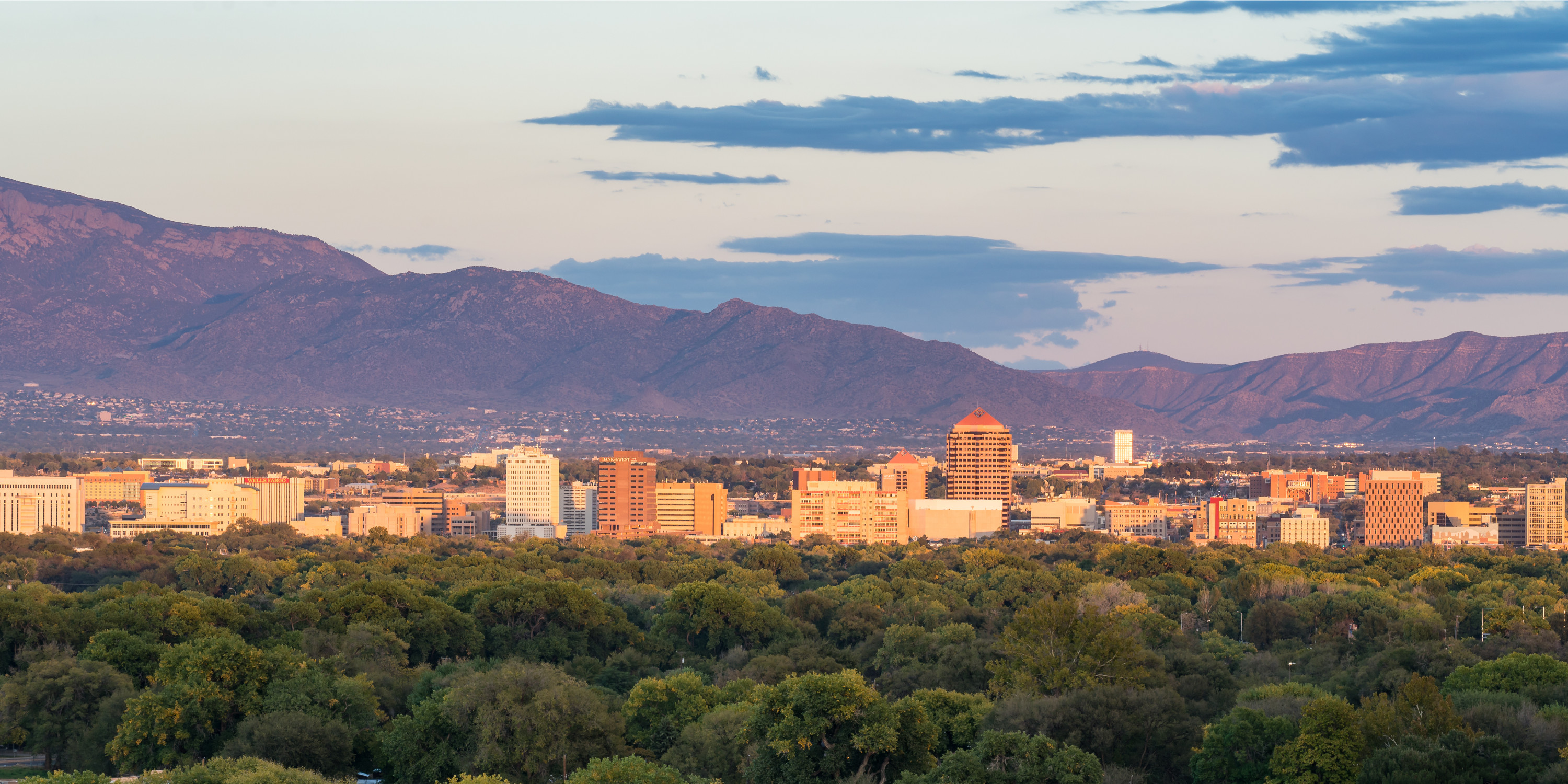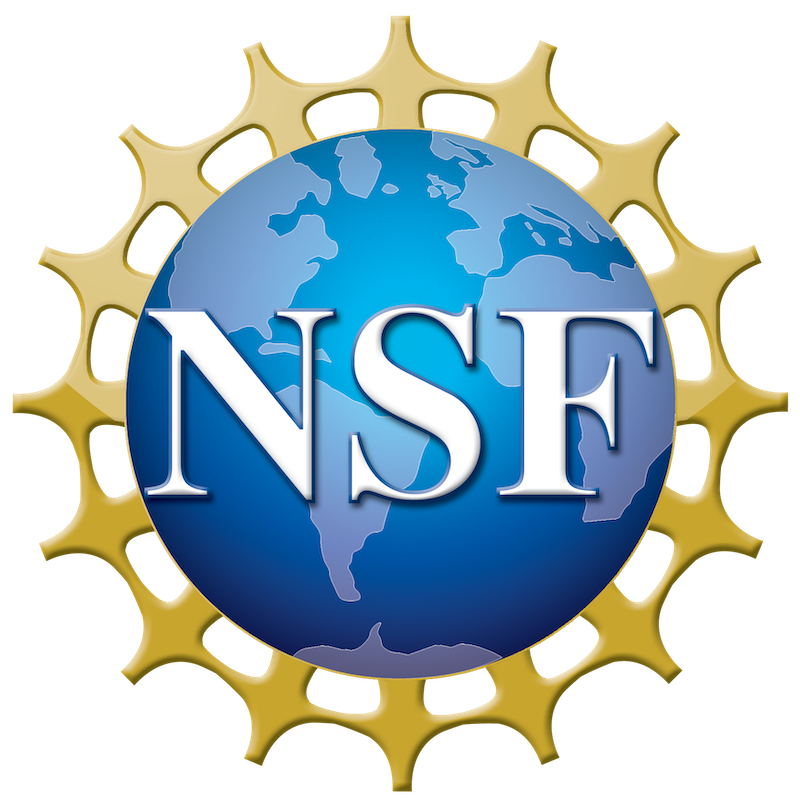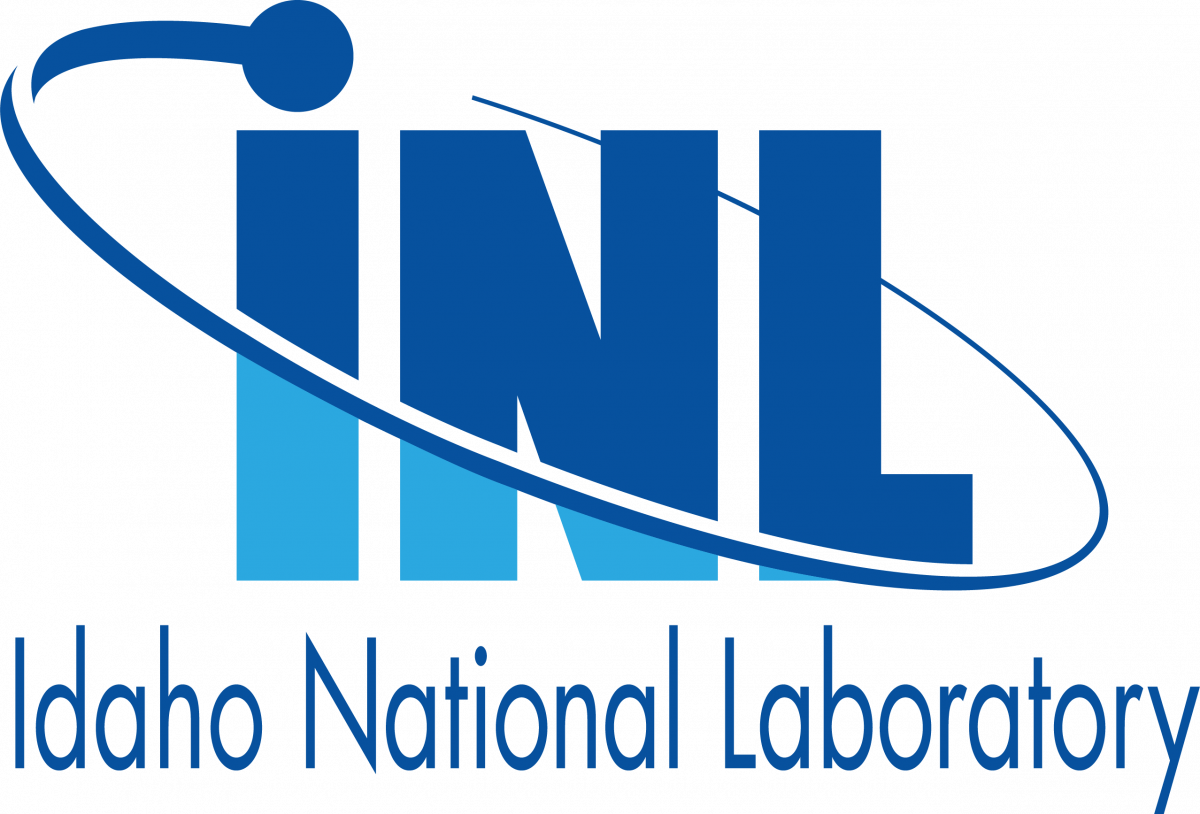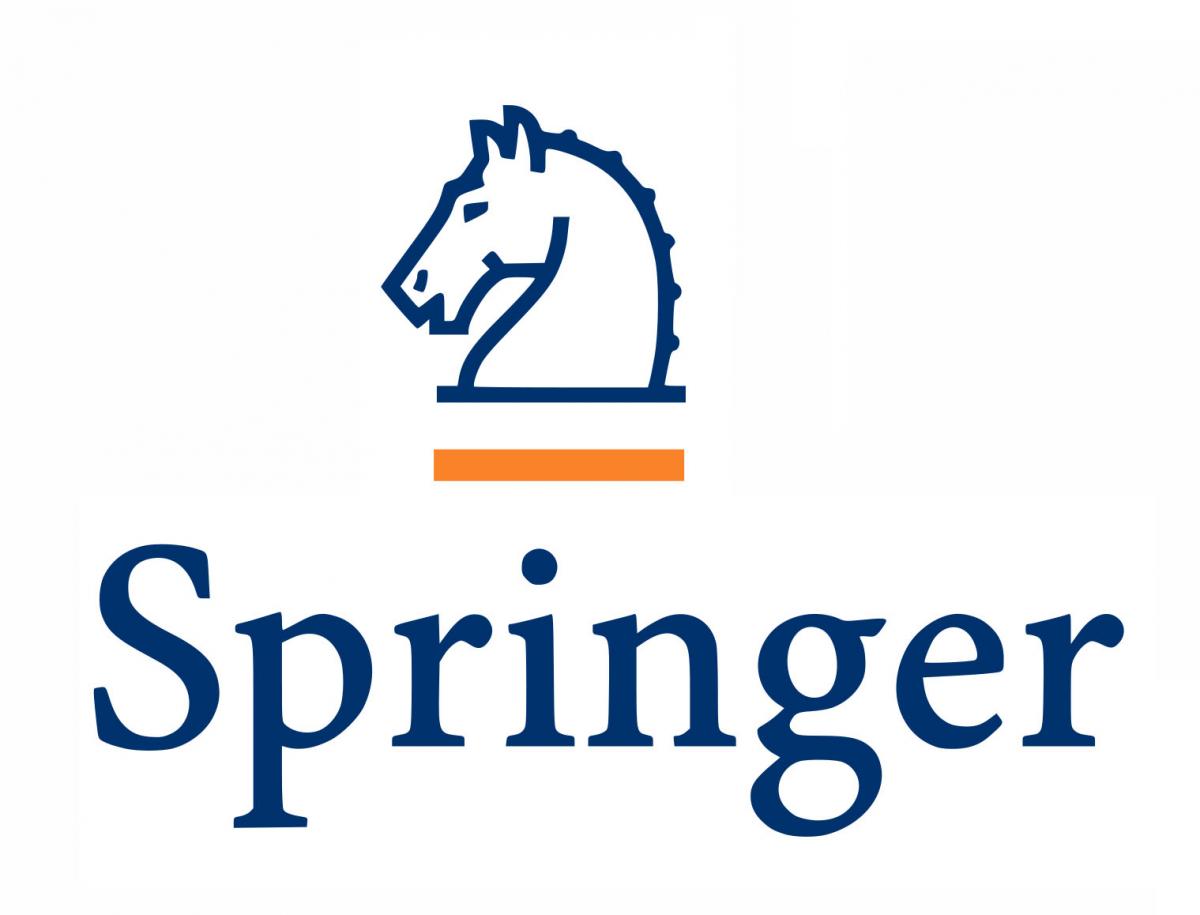Elisa Budyn, ENS Paris-Saclay
Roger Sauer, Gdansk University of Technology
Shaofan Li, University of California, Berkeley
Biological systems exhibit very specific morphologies that Nature created after millions of years of evolution. Reproducing realistic biological morphologies in numerical models remain a challenge. The passage from the segmentation of observations from imaging techniques to the numerical models often requires multiple images postprocessing and multiples segmentation steps to finally reconstruct 3D morphologies
Recent technological advances in high resolution imaging makes it possible to create imaging-based computational models and numerical twins to investigate cell mechano-transduction pathways and matrix formation down to the nano scale in parallel to experimental measurements of the cell response. Despite the tremendous challenges these methods are facing, they can advance tissue engineering and regenerative medicine.
This symposium will consider multi-scale multi-physics numerical twins of human cell and tissue mechanics and mechanobiology in biological systems promoting tissue growth. This symposium will particularly focus on numerical twins for regenerative medicine, organ-on-chip using native, synthetic or 3D printed scaffolds. Pre-processing algorithms for image processing of high-resolution microscopy and algorithms for 3D volume reconstruction and segmentation are welcome. Growth models to describe the mechanics of cells at the interface between the newly formed matrix or with biocompatible materials are very welcome.
Targeted themes:
- Numerical twins of cells, cell imaging, tissue imaging, tissues and organs culture models, multiscale Multiphysics models, cell mechanobiology, cell interactions, cell-substrate and cell-cell interaction, cell growth.
- Tissue mechanics and characterization, cancer models, tissue growth, tissue engineering.
- Regenerative medicine, organ-on-chip.











